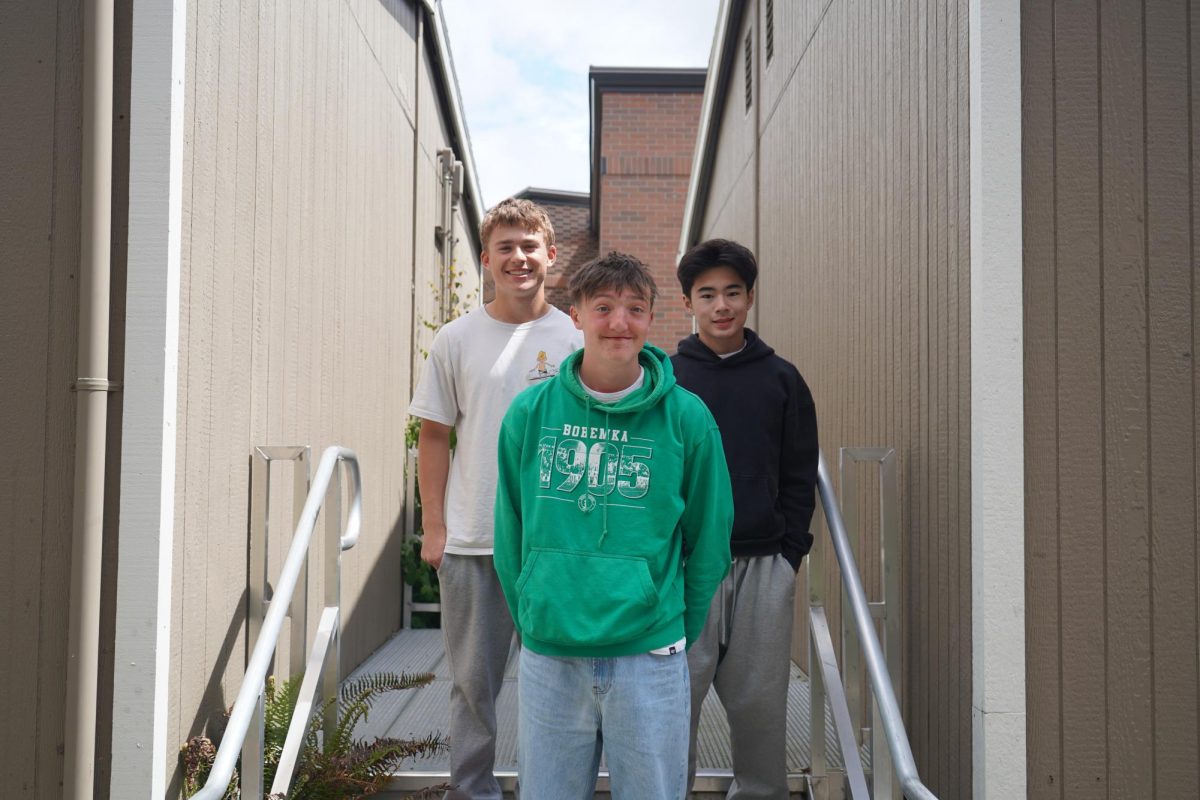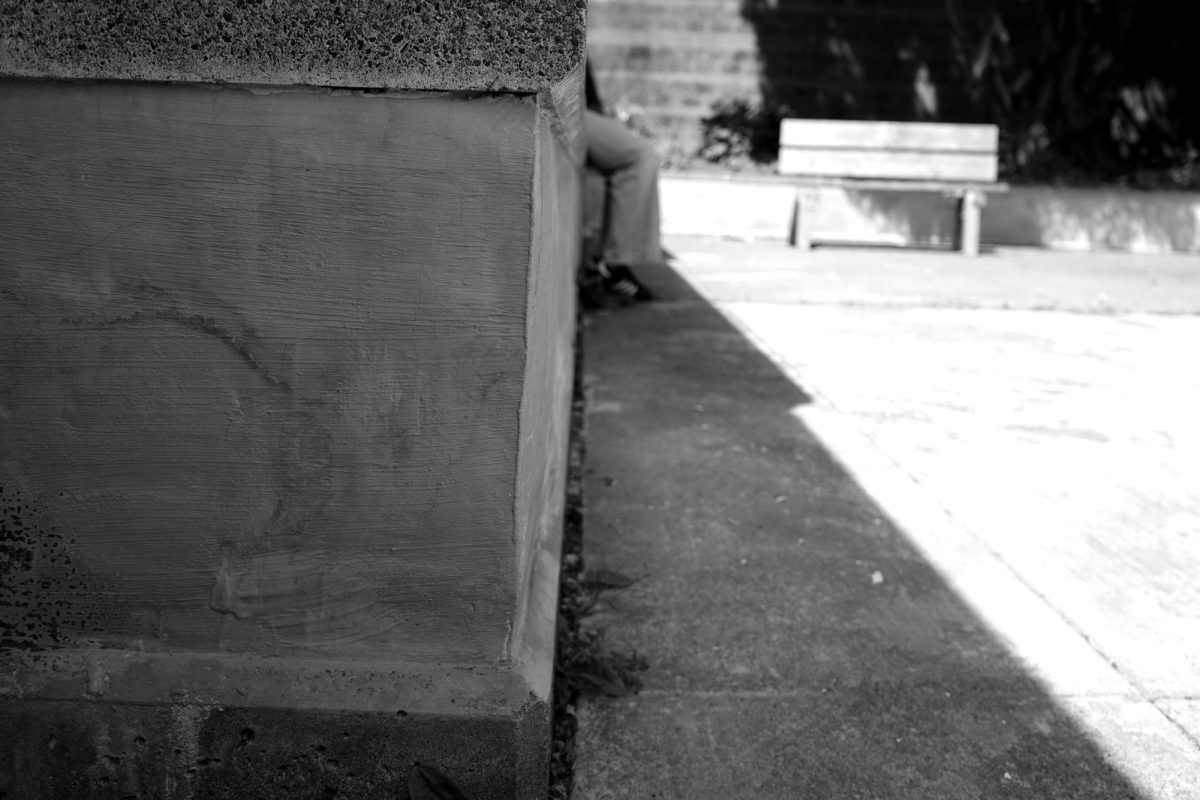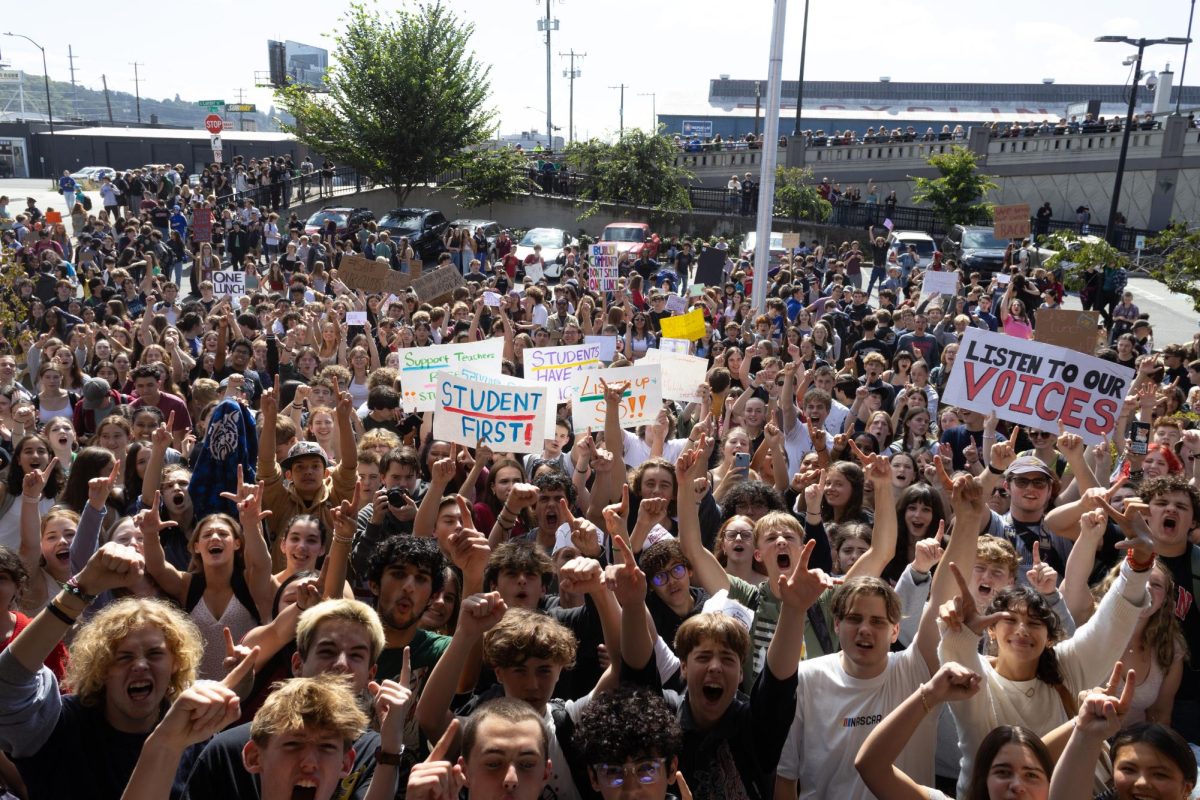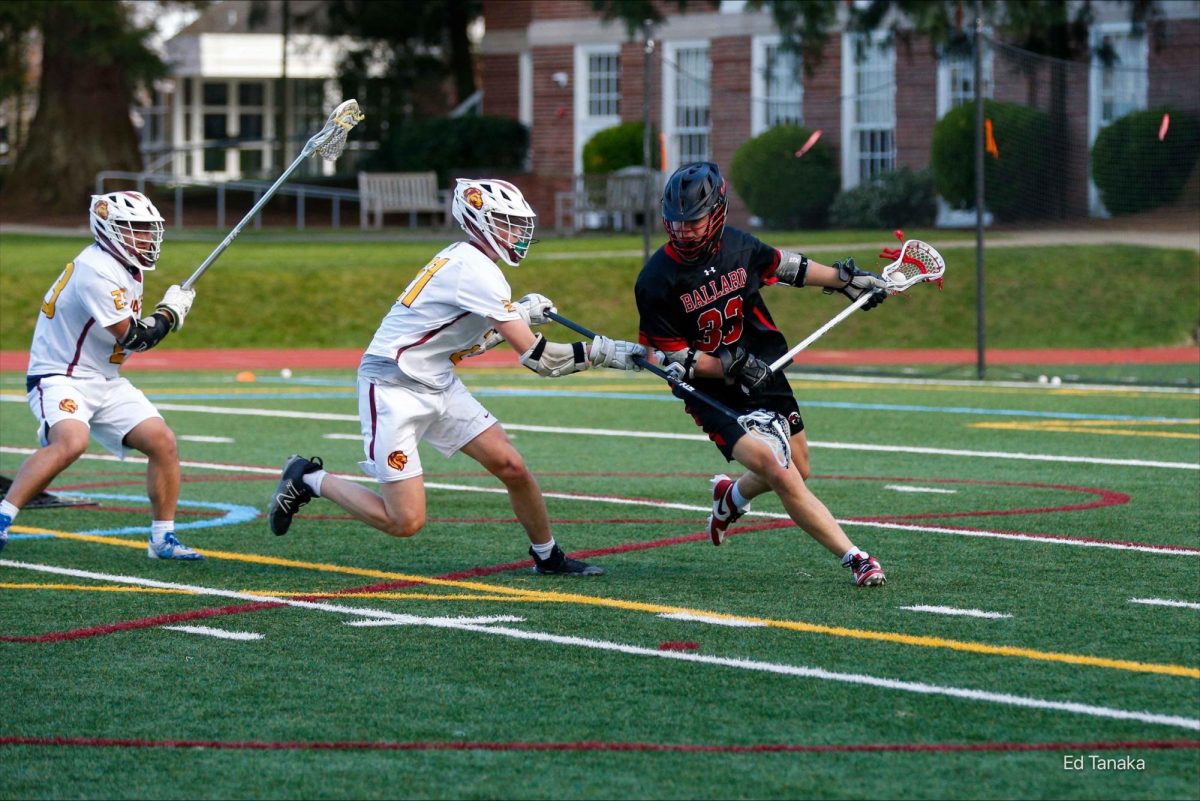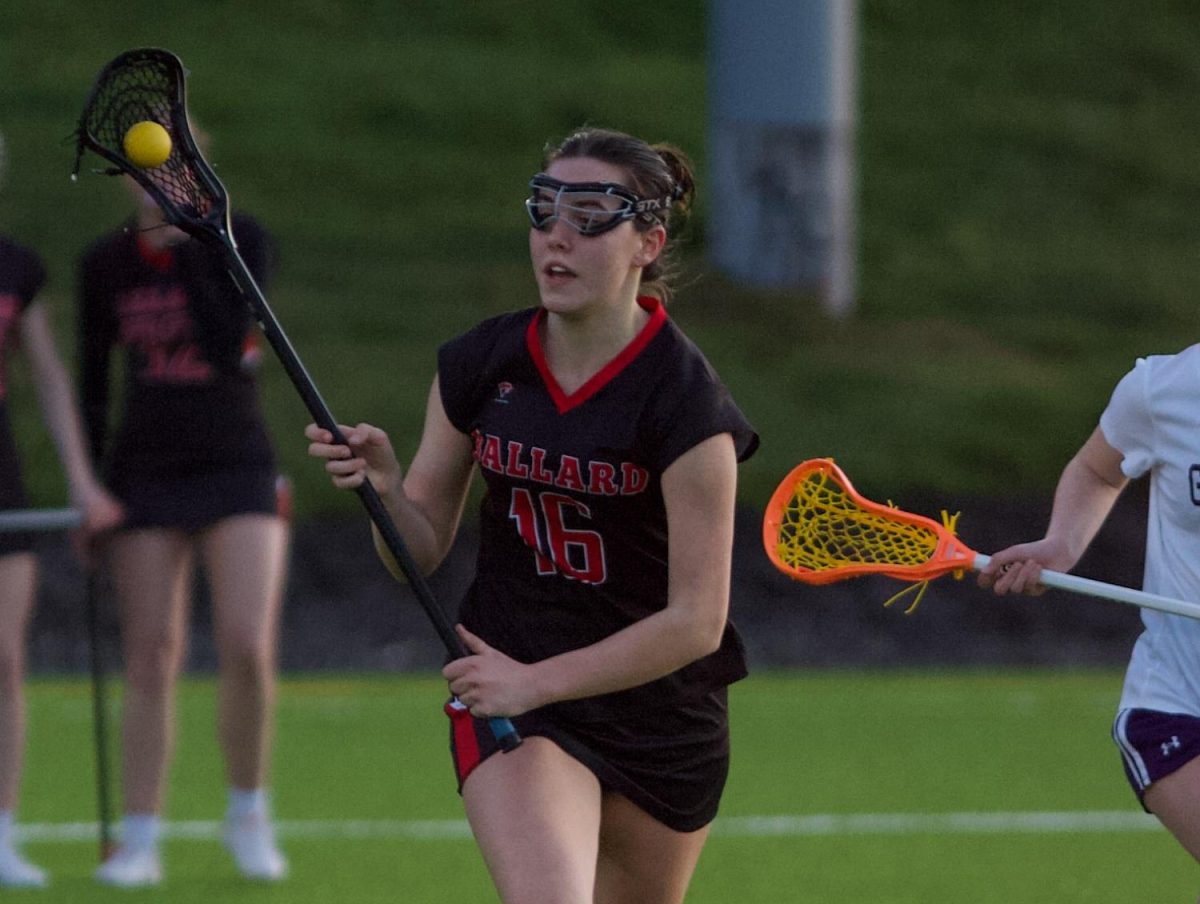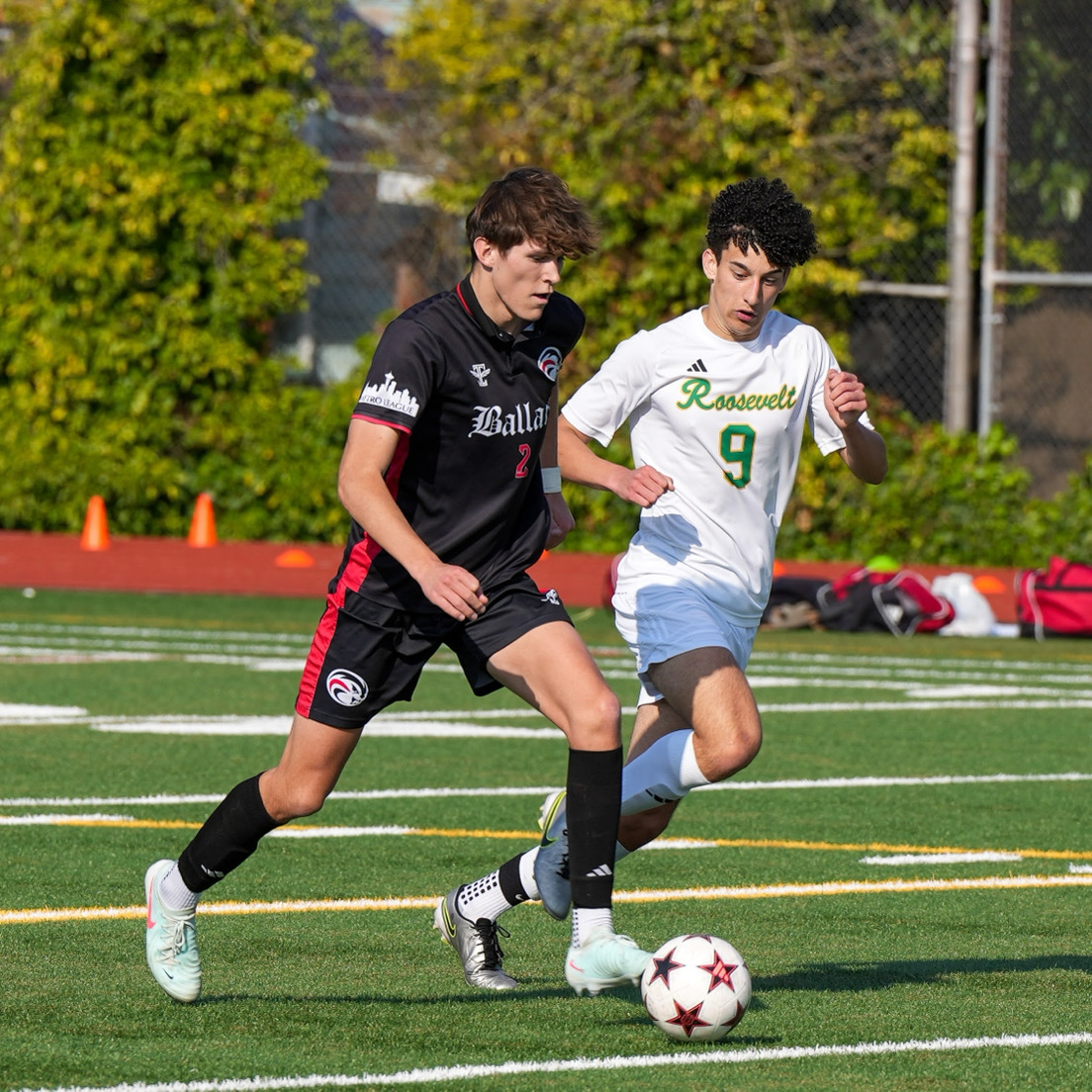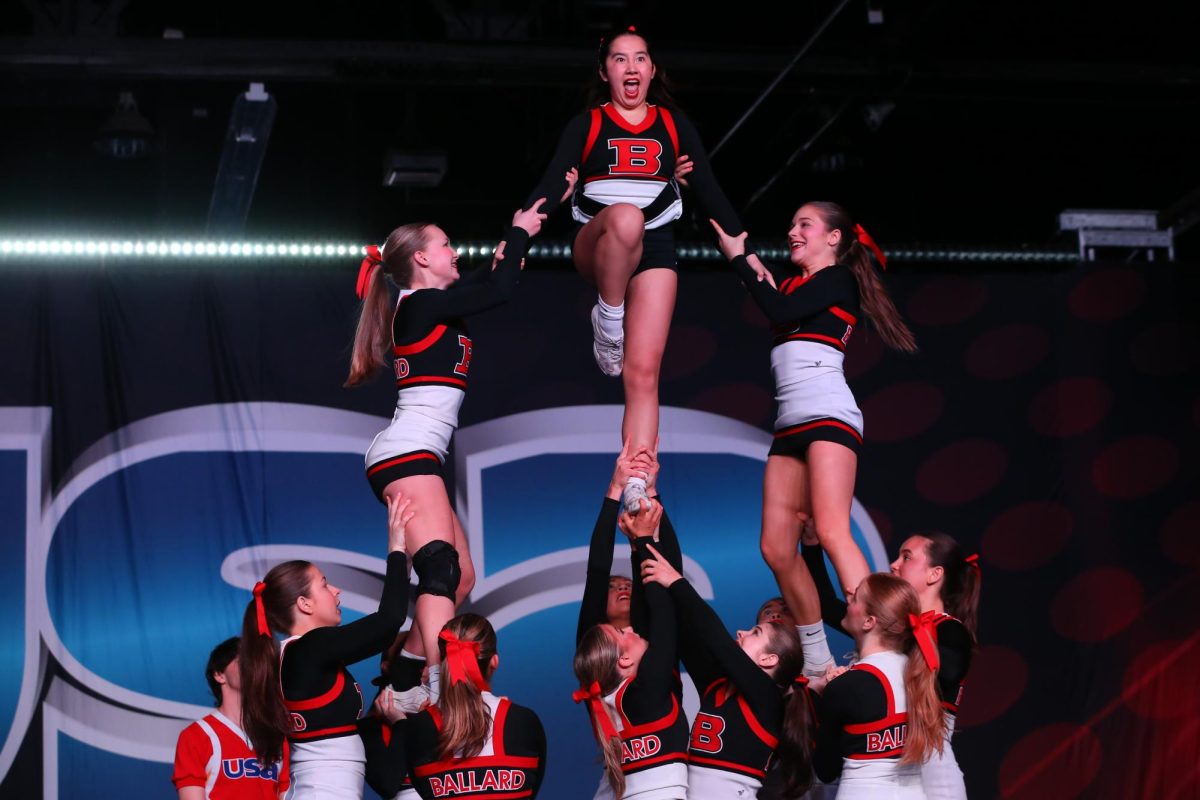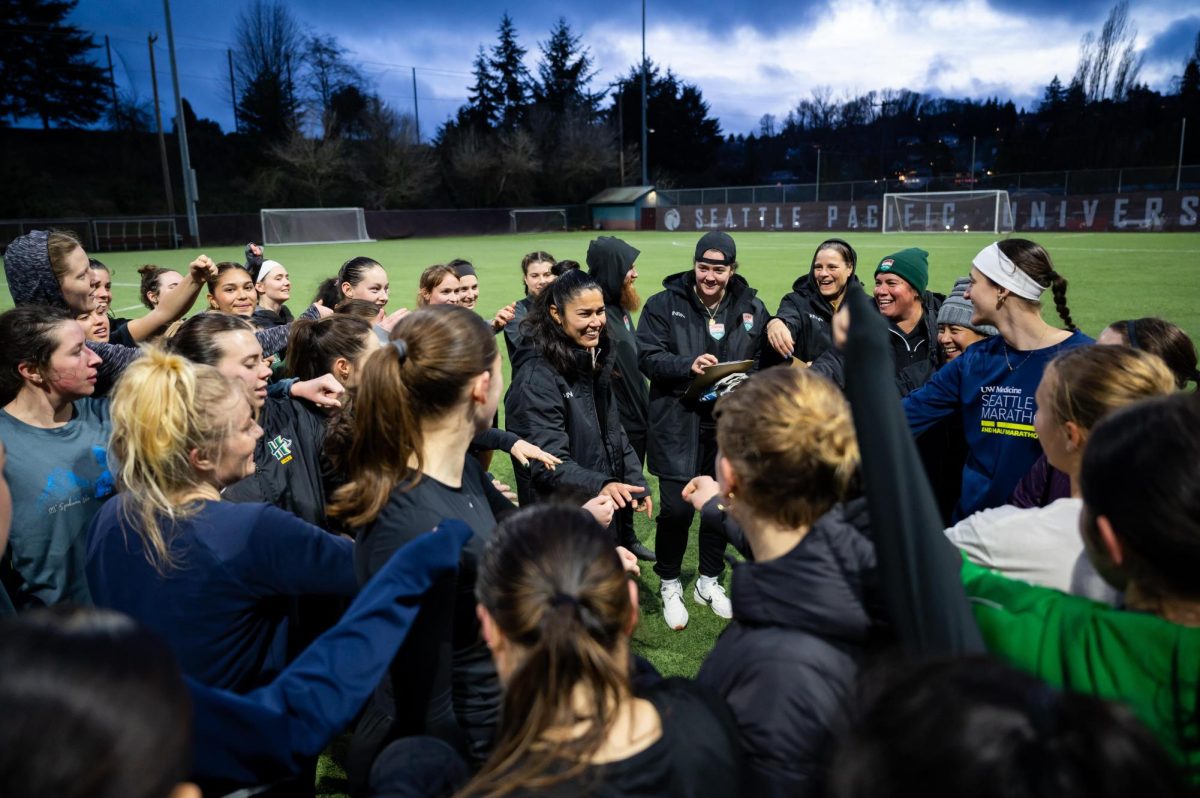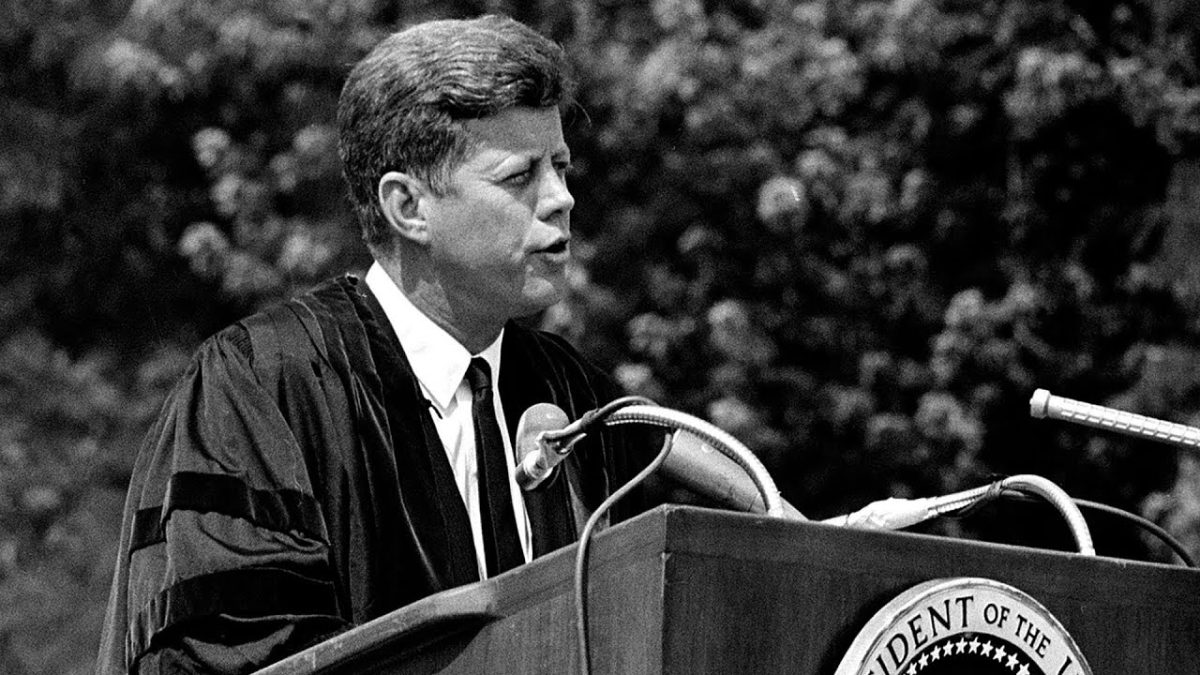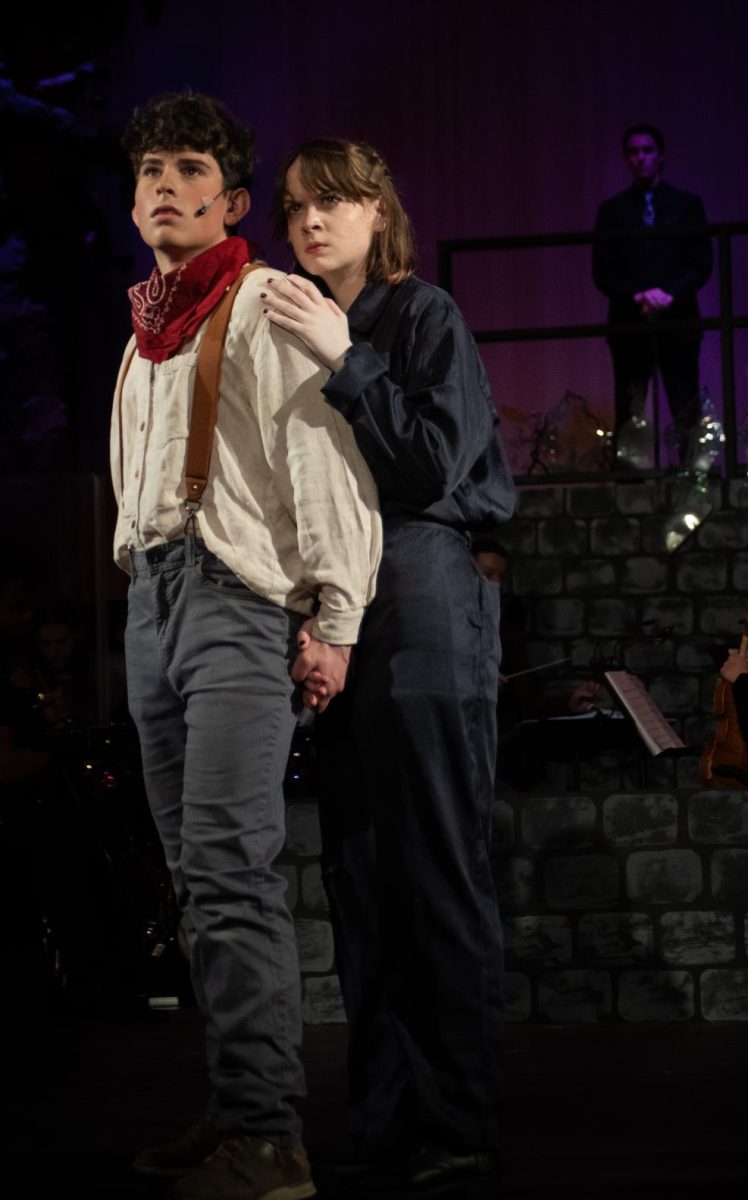As of the 2023-2024 school year, Adams Elementary, among others, has been using a system that is relatively new to the education scene but has been used by Adams before. That system is known as split classes, in which one class contains more than one grade level. Why are elementary schools such as Adams doing this? Most of all: funding, or lack thereof.
Recently, Adams adopted this system, combining their second and third grade classes.
“[Split classes] are very common and most elementary schools in Seattle have them from time to time, if not every year,” Douglas Sohn, principal of Adams Elementary School said. “When an elementary school has a classroom that contains students from two grades (i.e. some second graders and some third graders) people sometimes call it a ‘split class.’”
This system is becoming common in elementary schools, but why? Why not stick to the time-tested method of kindergarten through fifth grade with no overlap?
“The reason is that schools receive funding and an allocation of teachers based on the number of students they have,” Sohn said. “We have to try to keep class numbers within ideal limits, but sometimes the grade levels are uneven in the number of students, and we have to decide what to do.”
This is a result of not having enough fundi we ng for certain classes, and not enough students for others. This is a trend that has been throughout the district, and could lead to closure of schools in 2026. If schools begin to close, that would mean that the students in those schools would transition to other schools, creating further complications in terms of class size and resources. This could have a fallout on BHS, with more students transitioning to the school, causing restrictions on resources, or larger classes.
“With our current situation, that would have meant having 30 students in the second grade classrooms, which is just too many to teach effectively all day,” Sohn said. “So we created the split classrooms to lower the number of students per classroom.”
According to Sohn, this system helps teachers effectively teach, and therefore helps students get an effective and complete education, despite sharing classes with other grade levels that learn different things. It is not without its difficulties, however.
“Teaching a split classroom is more challenging than teaching a single grade, but skilled teachers can do it well,” Sohn said.
This system does cause some complications, and Sohn says he and the rest of Adams prefer not to employ it, but they sometimes don’t have a choice.
The split classes do not have a complete overlap of education, and the second and third graders still learn different things at different moments.
“We decided as a staff to have the second graders doing math and science together every day in two classrooms, separate from the third graders,“ Sohn said. “So there are two extra-large second grade classes happening for part of every day, but that’s much easier than teaching extra large classes all day.”
Reportedly, this system does not have a significant impact on the students that go through it.
“Some of the students were upset when we announced the change, but they are resilient and are doing well now,” Sohn said. “Part of what I have to do as a principal is observe lessons, and in doing that, I’ve now spent time in the split classrooms and can say that the students seem to have adjusted and have moved on.”
This system also has no effect on a student’s transition through grades.
“The change has no impact on next year,” Sohn said. “Second graders will go to third and third graders will go to fourth.”
In the future, Mr. Sohn and the rest of Adams still hope to not have to resort to split classes, as many of them do not consider it the ideal system.
“We’ll once again hope to not have any split classrooms, but we won’t know until February, when we receive our budget and estimated student numbers,” Sohn said. “We won’t know with absolute certainty until after school starts next year and we see what our true enrollment numbers are, but we always hope to … start the year with the classroom configurations that make the most sense.”

